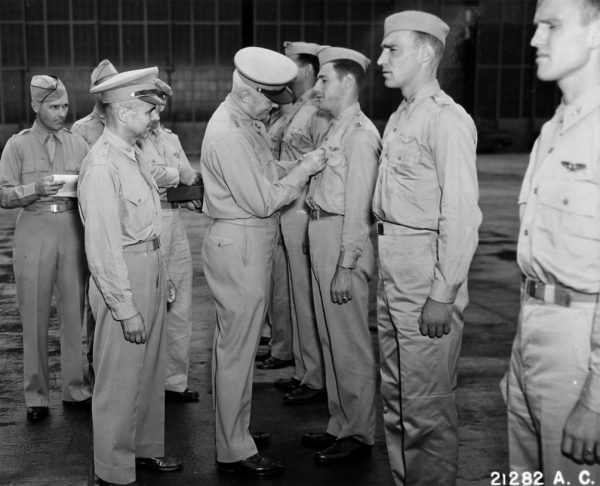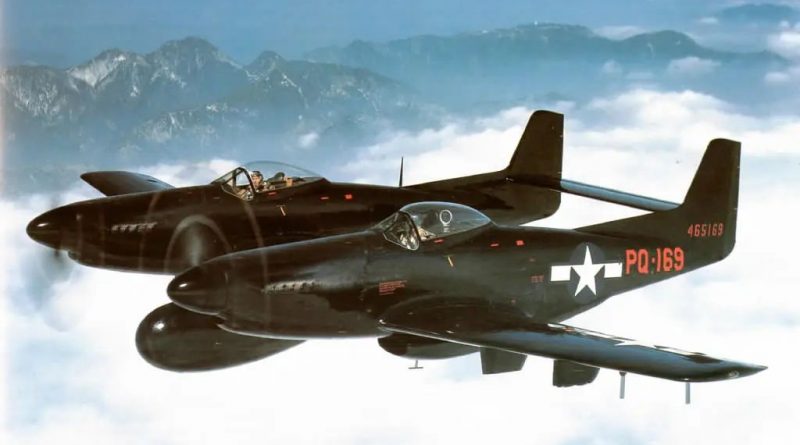June 27 in U.S. military history
1864: After two months of flanking maneuvers, driving Confederate Gen. Joseph E. Johnston’s Confederate Army of Tennessee some 70 miles rearward, Maj. Gen. William T. Sherman launches a frontal assault at Kennesaw Mountain (near Marietta, Ga.). Casualties are heavy on both sides: 3,000 Union soldiers and 1,000 Confederates. Although Sherman’s assault was unsuccessful, Maj. Gen. John M. Schofield’s successful attack on Johnston’s left flank forces the Confederates to withdraw again towards Atlanta.
1916: Supported by an artillery barrage and machine guns, Col. Joseph H. Pendleton’s 4th Marines defeat an entrenched group of rebels with a bayonet charge. This is the Marine Corps’ first major engagement during the Dominican Republic’s civil war.
1942: Gen. Henry H. “Hap” Arnold presents 23 Doolittle Raiders with the Distinguished Flying Cross at a ceremony in Washington, D.C.’s Bolling Field. A week later, another three crew members are awarded their medals at Walter Reed Army Hospital.

That same day, the FBI announces it has captured all eight of the German military intelligence operatives that had landed in New York and Florida to sabotage American strategic targets. Six are tried by military tribunal and executed by electric chair while the two agents that cooperated with investigators are eventually released by President Harry S. Truman in 1948.
1950: Two days after the communist invasion of South Korea by the Soviet-backed North, the United Nations Security Council approves a resolution to “repel the armed attack and to restore international peace and security in the area.” Although 21 nations will provide support, the United States will send the vast majority of troops to the conflict. On this day, President Truman authorizes Naval and air operations south of the 38th Parallel and dispatches the 7th Fleet to Taiwan to prevent hostilities from spreading elsewhere in Asia.
Meanwhile, when North Korean fighters attempt to intercept a flight of C-54 Skymasters as they evacuate personnel from Gimpo Air Field, they are jumped by F-82 Twin Mustang fighters (featured image). Pilots of the Air Force’s last piston-driven fighter score three kills in the first air battle of the Korean War. And P-80C Shooting Star fighter-bombers knock four more Korean fighters out of the sky in the Air Force’s first combat victory for a jet-powered aircraft.
1993: After a foiled assassination attempt on former President George H.W. Bush in Kuwait, the cruiser USS Chancellorsville (CG-62) and destroyer USS Peterson (DD-969) launch 23 cruise missiles at the Iraqi Intelligence Service’s command and control complex in Baghdad.
